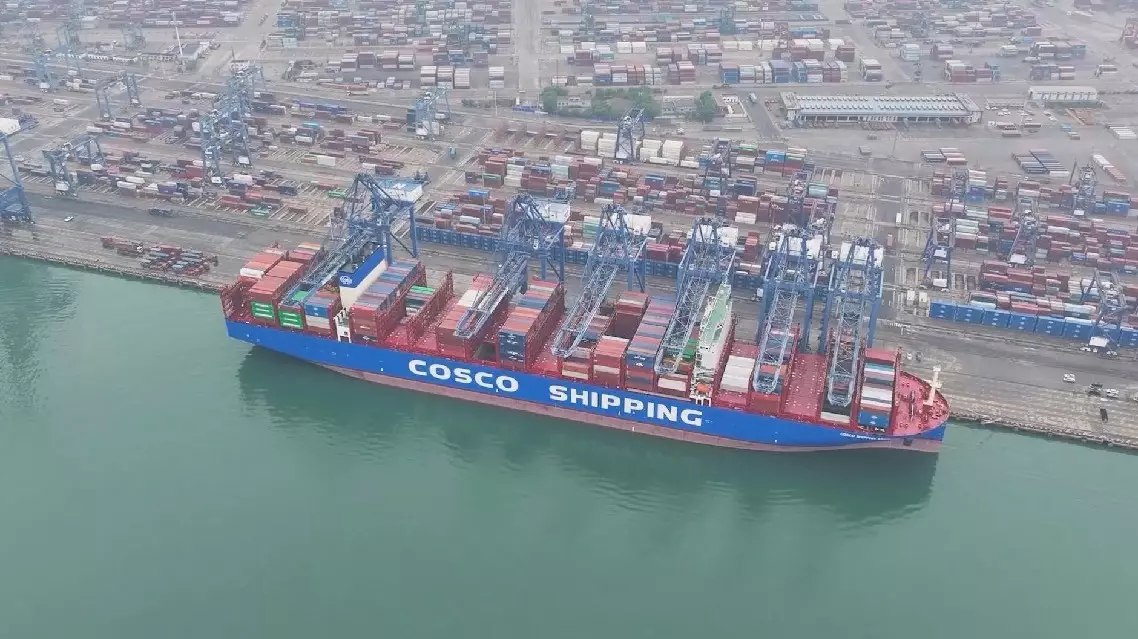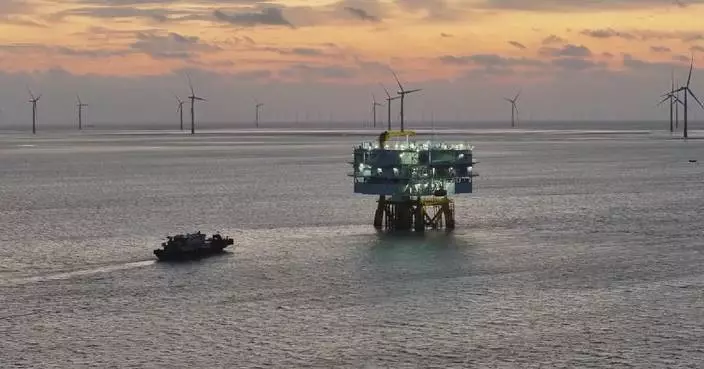Discharging nuclear-contaminated wastewater into the ocean will only bring endless trouble, a Japanese expert has warned, while urging the Japanese government and relevant parties to stop such misconduct immediately.
Last week, Japan began to release the fifth batch of nuclear-contaminated wastewater from its crippled Fukushima Daiichi Nuclear Power Plant, and that process is expected to continue until May 7, with approximately 7,800 tons of the nuclear-contaminated water set to be discharged.
Hajime Matsukubo, secretary general of the Citizens' Nuclear Information Center, a Japanese professional institution that collects information and investigate the use of atomic energy, strongly criticized such action as irresponsible.
"As long as the nuclear-contaminated water is discharged, no matter how small the quantity is, it will definitely lead to radiation contamination of the environment. This poses risks to both local residents and the international community," said Matsukubo.
The discharge was suspended for several hours on Wednesday due to power outrage. The incident also let to intermittent power outage in key facilities for monitoring waste furnace operation.
Matsukubo believes that this further exposes the risks in the discharging process.
"In the long run, incidents like these are pivotal in determining whether the Fukushima Daiichi nuclear power station can be safely decommissioned. After the nuclear disaster in 2011, Japan has worked out a plan that aims to decommission the reactors of the Fukushima Daiichi nuclear power station within a timeframe of 30 to 40 years. But it has been failed to promote the plan as schedule. For example, according to the plan, the melted nuclear debris should be moved from the reactors beginning in 2011. However, the process has faced continuous postponements and has not yet begun. While the release of nuclear-contaminated water into the ocean has already begun, there is still a significant quantity of contaminated water stored within the Fukushima Daiichi nuclear power station. The water should continue to be properly stored on land," said Matsukubo.
Hit by a 9.0-magnitude earthquake and an ensuing tsunami on March 11, 2011, the Fukushima nuclear plant suffered core meltdowns that released radiation, resulting in a level-7 nuclear accident, the highest on the International Nuclear and Radiological Event Scale.
The plant has been generating a massive amount of water tainted with radioactive substances from cooling down the nuclear fuel in the reactor buildings. The contaminated water is now being stored in tanks at the nuclear plant.
Despite furious opposition both at home and abroad, the ocean discharge of the Fukushima nuclear-contaminated water began in August 2023, and a total of about 31,200 tons of the water was released in four rounds in fiscal year 2023 through March.

Discharging nuclear-contaminated water only brings endless trouble: Japanese expert









